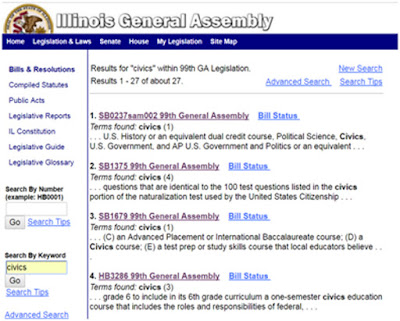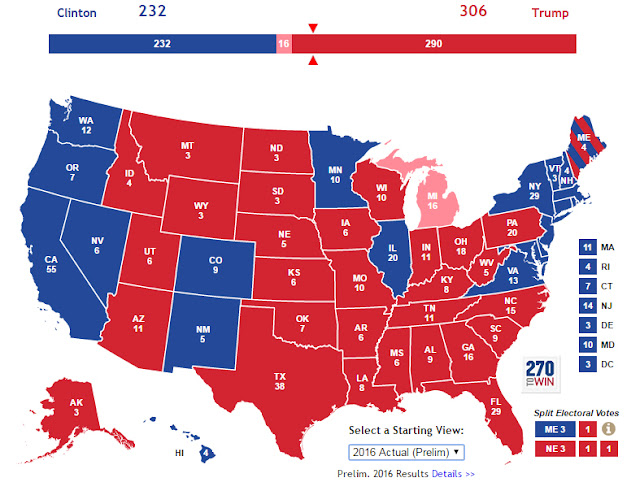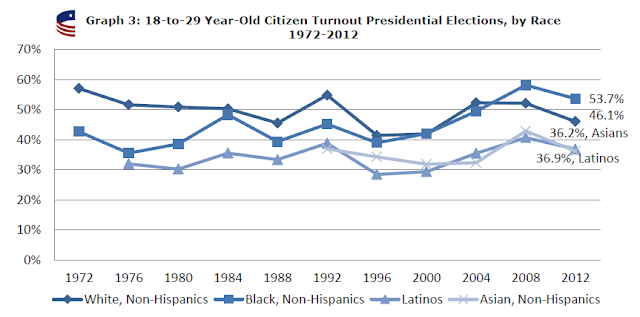Engaging Students in Post-Election Public Policy, Part VI: Finding Resources to Support Implementation or Learning from Defeat

by Shawn Healy, PhD, Civic Learning Scholar Our post-election public policy process journey concludes today with a piece on finding resources to support implementation or learning from defeat. This series began by making the case for engaging students in the public policy process . Then, students are asked to define the problem they are seeking to address and explore possible policy alternatives that address both symptoms and root causes. Next, who in government can help solve the identified problem? These decision-makers must be persuaded and work within institutions with established calendars, a civics lesson in its own right. The media must be engaged throughout and viewed as a potential ally in student advocacy efforts. Assuming success, it’s important to note that public policy wins are equivalent to battles, not the entire war. More than anything, they represent opportunities to get it right, as implementation is everything. We live in a world of limited resources,...







